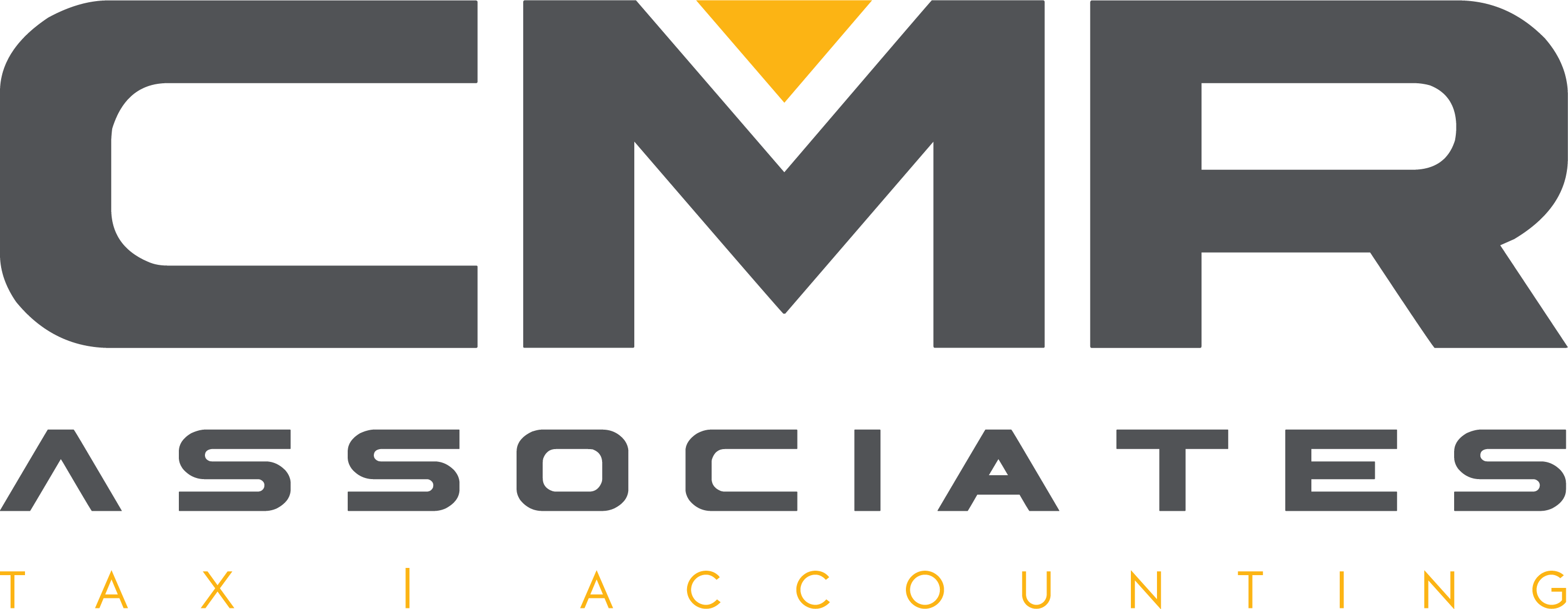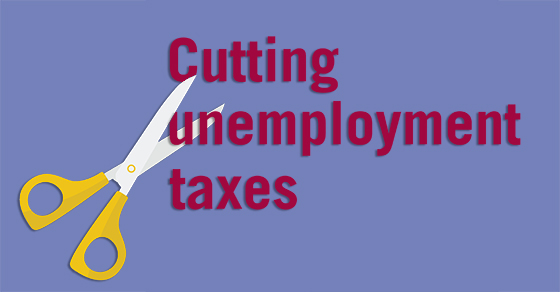A refresher on the ACA’s tax penalty on individuals without health insurance
Now that Affordable Care Act (ACA) repeal and replacement efforts appear to have collapsed, at least for the time being, it’s a good time for a refresher on the tax penalty the ACA imposes on individuals who fail to have “minimum essential” health insurance coverage for any month of the year. This requirement is commonly called the “individual mandate.”
Penalty exemptions
Before we review how the penalty is calculated, let’s take a quick look at exceptions to the penalty. Taxpayers may be exempt if they fit into one of these categories for 2017:
- Their household income is below the federal income tax return filing threshold.
- They lack access to affordable minimum essential coverage.
- They suffered a hardship in obtaining coverage.
- They have only a short-term coverage gap.
- They qualify for an exception on religious grounds or have coverage through a health care sharing ministry.
- They’re not a U.S. citizen or national.
- They’re incarcerated.
- They’re a member of a Native American tribe.
Calculating the tax
So how much can the penalty cost? That’s a tricky question. If you owe the penalty, the tentativeamount equals the greater of the following two prongs:
- The applicable percentage of your household income above the applicable federal income tax return filing threshold, or
- The applicable dollar amount times the number of uninsured individuals in your household, limited to 300% of the applicable dollar amount.
In terms of the percentage-of-income prong of the penalty, the applicable percentage of income is 2.5% for 2017.
In terms of the dollar-amount prong of the penalty, the applicable dollar amount for each uninsured household member is $695 for 2017. For a household member who’s under age 18, the applicable dollar amounts are cut by 50%, to $347.50. The maximum penalty under this prong for 2017 is $2,085 (300% of $695).
The final penalty amount per person can’t exceed the national average cost of “bronze coverage” (the cheapest category of ACA-compliant coverage) for your household. The important thing to know is that a high-income person or household could owe more than 300% of the applicable dollar amount but not more than the cost of bronze coverage.
If you have minimum essential coverage for only part of the year, the final penalty is calculated on a monthly basis using prorated annual figures.
Also be aware that the extent to which the penalty will continue to be enforced isn’t certain. The IRS has been accepting 2016 tax returns even if a taxpayer hasn’t completed the line indicating health coverage status. That said, the ACA is still the law, so compliance is highly recommended. For more information about this and other ACA-imposed taxes, contact us.
Tax Accounting and Business Consulting for Metairie, Louisiana
Industry Specific Accounting
Metairie CPA Services
Metairie CPA News
Tax Accounting and Business Consulting for Mandeville, Louisiana
Industry Specific Accounting
Mandeville CPA Services
Mandeville CPA News
Tax Accounting and Business Consulting for Baton Rouge, Louisiana
Industry Specific Accounting
Baton Rouge CPA Services
Baton Rouge CPA News
Tax Accounting and Business Consulting for Covington, Louisiana
Industry Specific Accounting
Covington CPA Services
Covington CPA News
Mandeville Notary Public Services
Madisonville Notary Public Services
Covington Notary Public Services





